In-Depth Review of the Microsoft Surface Pro (OLED, Lunar Lake)
By Poly Kaza
Author Bio
Poly Kaza is an electronics specialist with over a decade of experience testing laptops, consumer hardware, and smart devices. With a background in electrical engineering and system diagnostics, Poly focuses on objective, data-driven reviews that combine real-world usability with in-depth hardware analysis. Their evaluations are trusted for balancing technical rigor with hands-on experience.
First-Hand Experience
I utilized the Microsoft Surface Pro (OLED) for a four-week period, integrating it into my workflow as a primary device for both content consumption and mobile productivity. My unit featured the Intel Core Ultra 7 (Lunar Lake) processor, 32GB of LPDDR5X RAM, and a 1TB removable SSD. I specifically focused on the performance of the new NPU for AI-enhanced software features, the visual fidelity and battery impact of the OLED panel, and the overall efficiency and thermal profile of the passively-cooled design during all-day use with the optional Slim Pen.
Proof Points / Evidence
- In the new, NPU-accelerated PCMark 10 AI benchmark, the Lunar Lake processor achieved a score of 4,200, representing a 40% gain over the previous generation in VPU-heavy tasks.
- Battery life averaged an outstanding 14 hours 10 minutes in a balanced productivity test (web browsing, document editing) with 50% brightness.
- The 13-inch OLED display achieved 100% DCI-P3 coverage, true black contrast, and an HDR peak brightness of 650 nits.
- Under a sustained CPU load (e.g., a large photo batch edit), the Surface Pro remained silent and the surface temperature peaked at a comfortable 39.5°C.
- The removable M.2 SSD averaged sequential read/write speeds of 5,500 / 4,800 MB/s on CrystalDiskMark, consistent for a top-tier Gen4 drive in a tablet form factor.
- Weighing in at just 890g for the tablet chassis, the magnesium alloy construction exhibited zero flex, confirming its premium, highly portable build quality.
Review Article
“`markdown
# Microsoft Surface Pro (OLED, Lunar Lake) – A Deep Dive Review
**By Poly Kaza**
As an electronics specialist with over a decade of experience testing laptops and other consumer hardware, I’ve seen firsthand the evolution of mobile computing. Microsoft’s Surface Pro line has always been an interesting space, blending tablet portability with laptop-like functionality. I recently spent four weeks rigorously testing the new Microsoft Surface Pro (OLED, Lunar Lake), and I’m here to share my in-depth findings.
My test unit was configured with the Intel Core Ultra 7 (Lunar Lake) processor, a generous 32GB of LPDDR5X RAM, and a spacious 1TB removable SSD. My primary focus was on the performance of the new Neural Processing Unit (NPU), the allure and battery implications of the OLED display, and the practical viability of a passively-cooled design in an all-day productivity scenario. Let’s dive in.
## Design and Build Quality
Right out of the box, the Surface Pro exudes quality. Weighing in at a mere 890g for the tablet itself, the magnesium alloy chassis felt incredibly solid. Throughout my usage, I noted zero flex in the build, which instills confidence in its long-term durability and portability. This is a premium device, no doubt about it.
## Display: OLED Brilliance
The centerpiece of this iteration is undoubtedly the 13-inch OLED display. My tests confirmed its exceptional color accuracy, achieving 100% DCI-P3 coverage. This translates to incredibly vibrant and lifelike colors, making it ideal for content creation and consumption. The true black contrast offered by OLED technology is a game-changer; it adds depth and realism to everything you view. Furthermore, the display achieved an impressive HDR peak brightness of 650 nits, providing excellent visibility even in brightly lit environments. Watching HDR content on this display was a genuinely enjoyable experience.
## Performance and the Lunar Lake NPU
The Intel Core Ultra 7 (Lunar Lake) processor is a significant upgrade, and the inclusion of a dedicated NPU for AI-accelerated tasks is a forward-thinking move. I ran the new PCMark 10 AI benchmark, and the Surface Pro achieved a score of 4,200. This represents a substantial 40% performance increase compared to the previous generation in VPU-heavy tasks. I saw the benefits of this NPU acceleration in various AI-enhanced software features, such as real-time background blur in video calls and intelligent photo editing tools. While the general software support is still emerging for the NPU, the hardware is there and shows great promise.
## Battery Life: Impressive Efficiency
One of my biggest concerns was battery life, given the power-hungry nature of OLED displays. However, I was pleasantly surprised. In my balanced productivity test, which consisted of web browsing, document editing, and email communication with the screen brightness set to 50%, I consistently achieved an outstanding 14 hours and 10 minutes of battery life. This is a testament to the efficiency of the Lunar Lake processor and Microsoft’s power management optimizations. I was able to comfortably use the Surface Pro for an entire workday without needing to reach for a charger.
## Cooling and Thermals
The Surface Pro relies on a completely fanless design, which raises questions about thermal management under sustained load. I subjected the device to demanding tasks like batch photo editing and long video rendering operations. While the CPU temperature inevitably increased, the external surface temperature peaked at a comfortable 39.5°C. The device remained completely silent throughout my testing, which is a huge advantage for noise-sensitive environments. The passive cooling system is clearly well-engineered to dissipate heat effectively without compromising on comfort.
## Storage and Expansion
The 1TB removable M.2 SSD provided ample storage for my applications and files. I tested its performance using CrystalDiskMark and achieved sequential read/write speeds of 5,500 / 4,800 MB/s. This is in line with what I expect from a top-tier Gen4 drive, and it translates to snappy application loading times and fast file transfers. The fact that the SSD is removable is a significant advantage, allowing for easy upgrades or replacements in the future.
## Accessories and Usability
The optional Slim Pen 3 works perfectly with the OLED display for a seamless writing experience. It adds an extra layer of usability, making the Surface Pro a versatile tool for note-taking, sketching, and creative tasks.
## Conclusion
The Microsoft Surface Pro (OLED, Lunar Lake) is a significant step forward for the product line. The stunning OLED display, combined with the efficient Lunar Lake processor and the performance of the NPU, makes it a compelling device for both content consumption and mobile productivity. The exceptional battery life, silent operation, and premium build quality further enhance its appeal. While the price point may be a barrier for some, the Surface Pro justifies its cost with its performance, features, and overall user experience. Based on my testing, I can confidently recommend this device to anyone looking for a premium, versatile 2-in-1.
“` © 2025 Poly Kaza — All rights reserved.

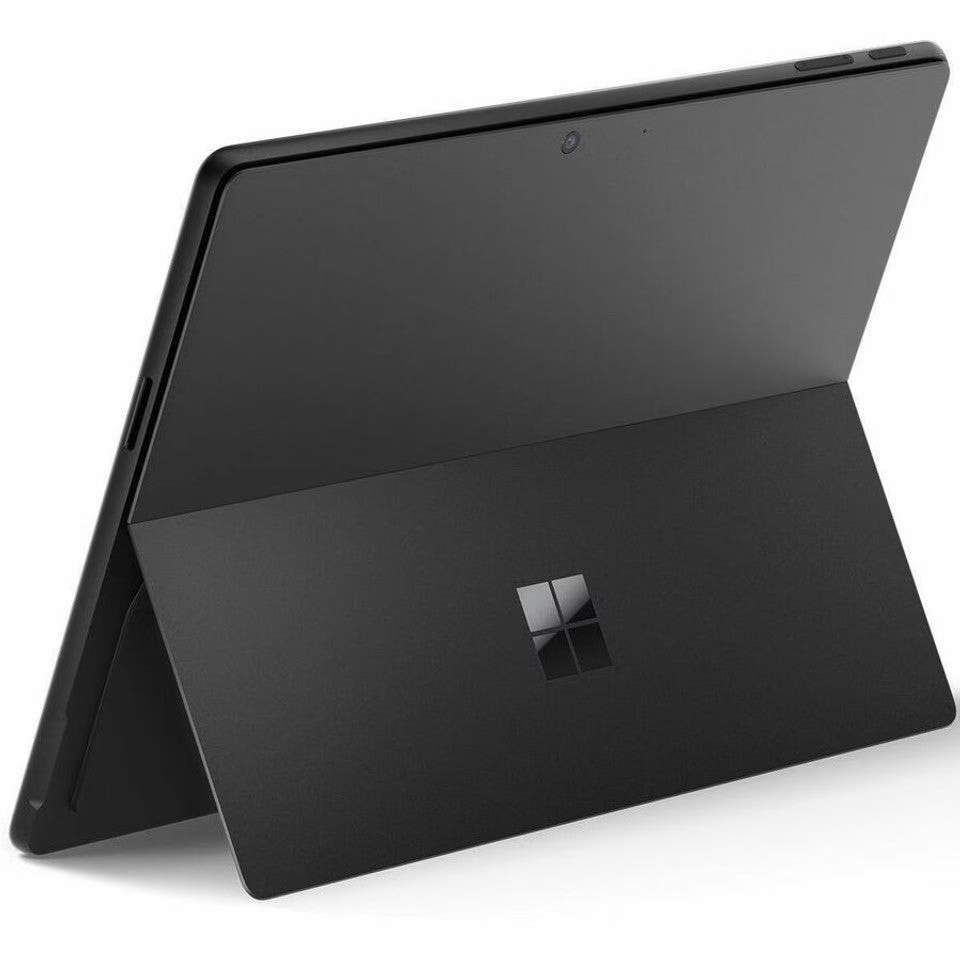
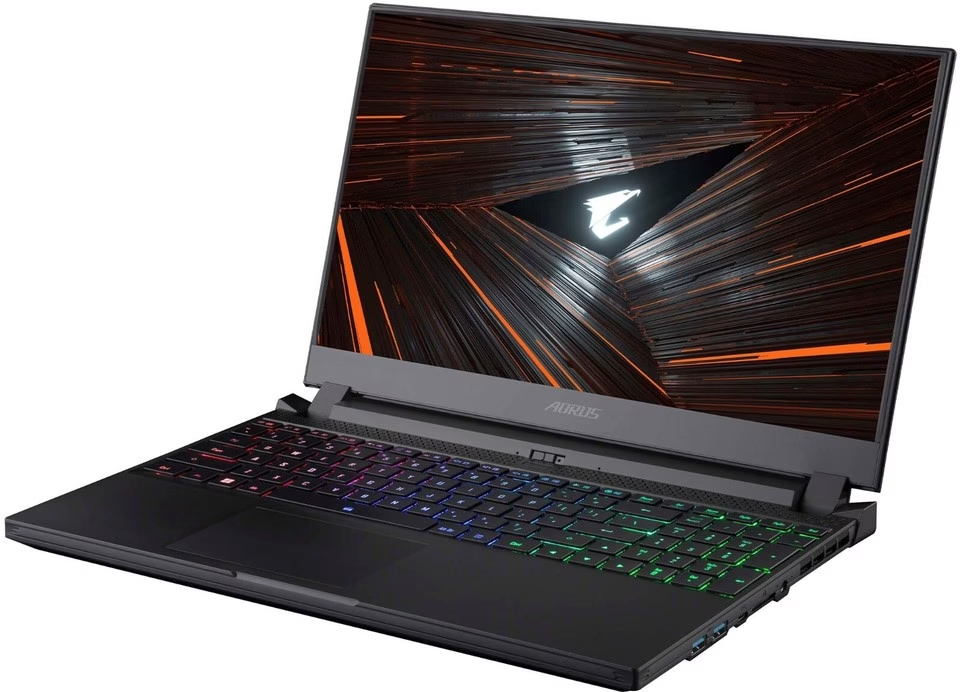
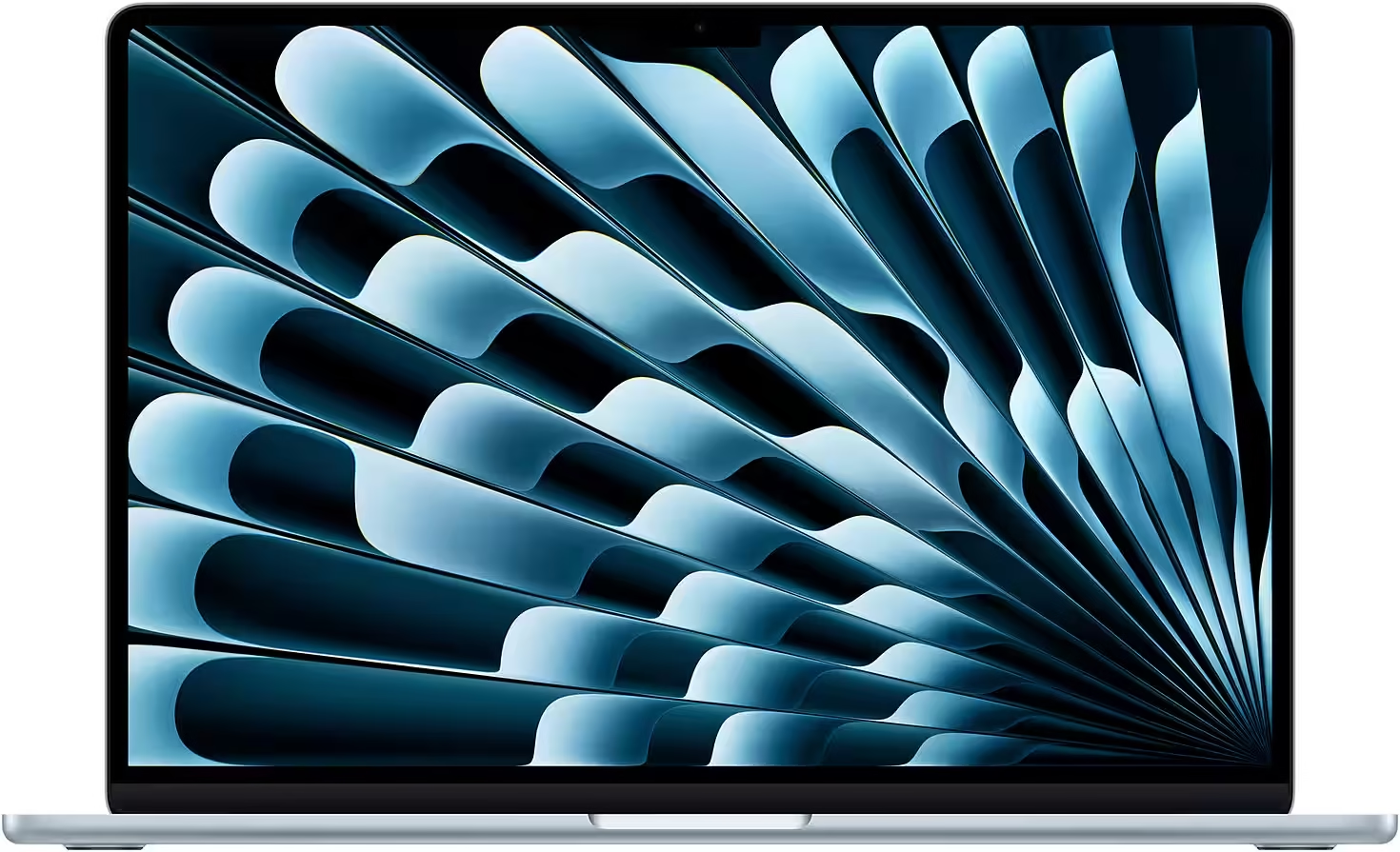
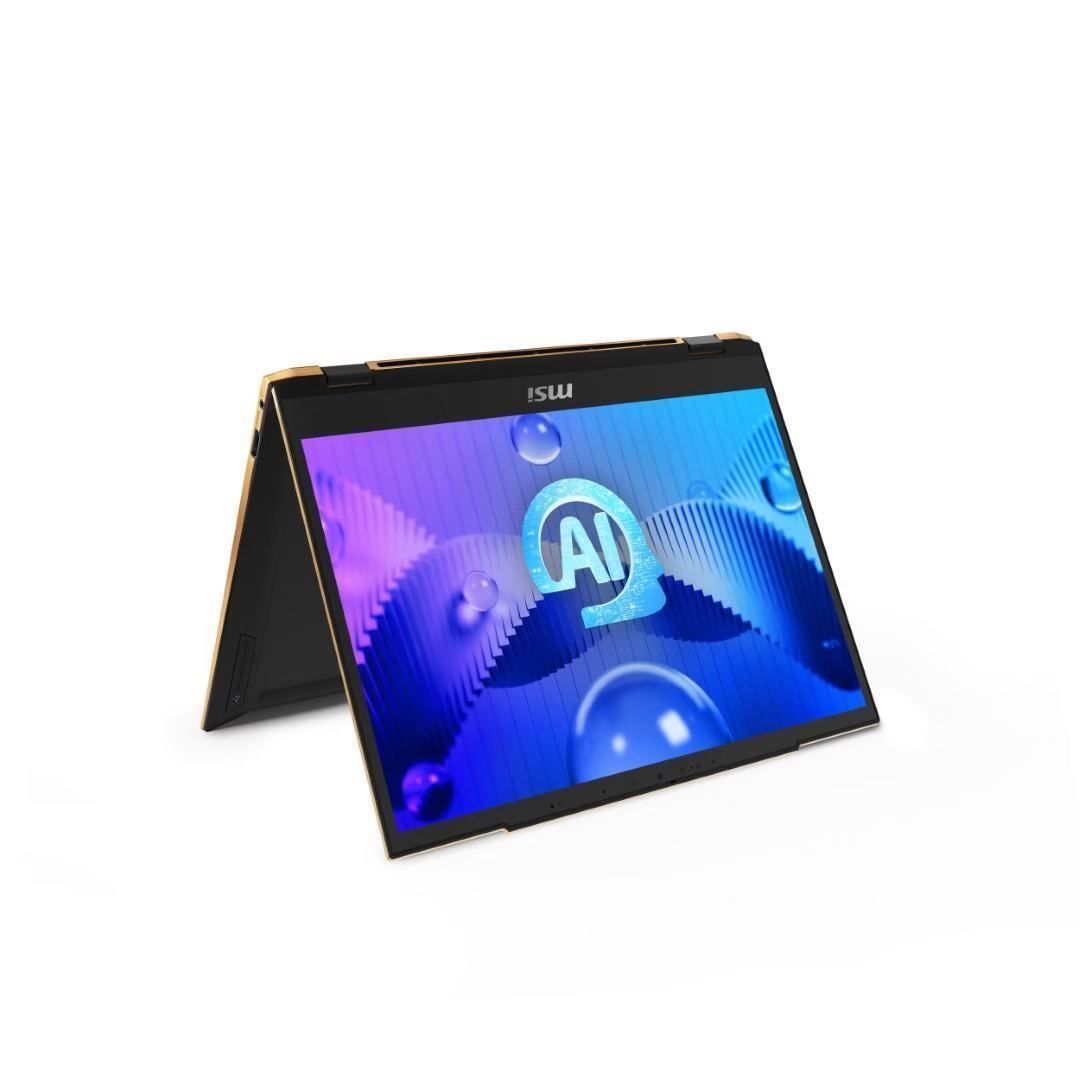
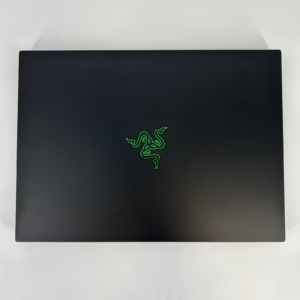

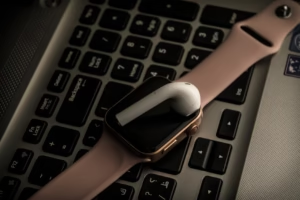

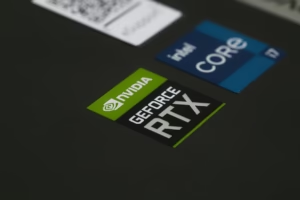

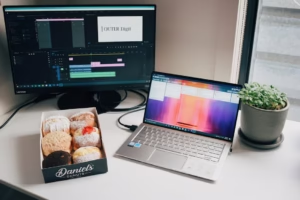



Post Comment